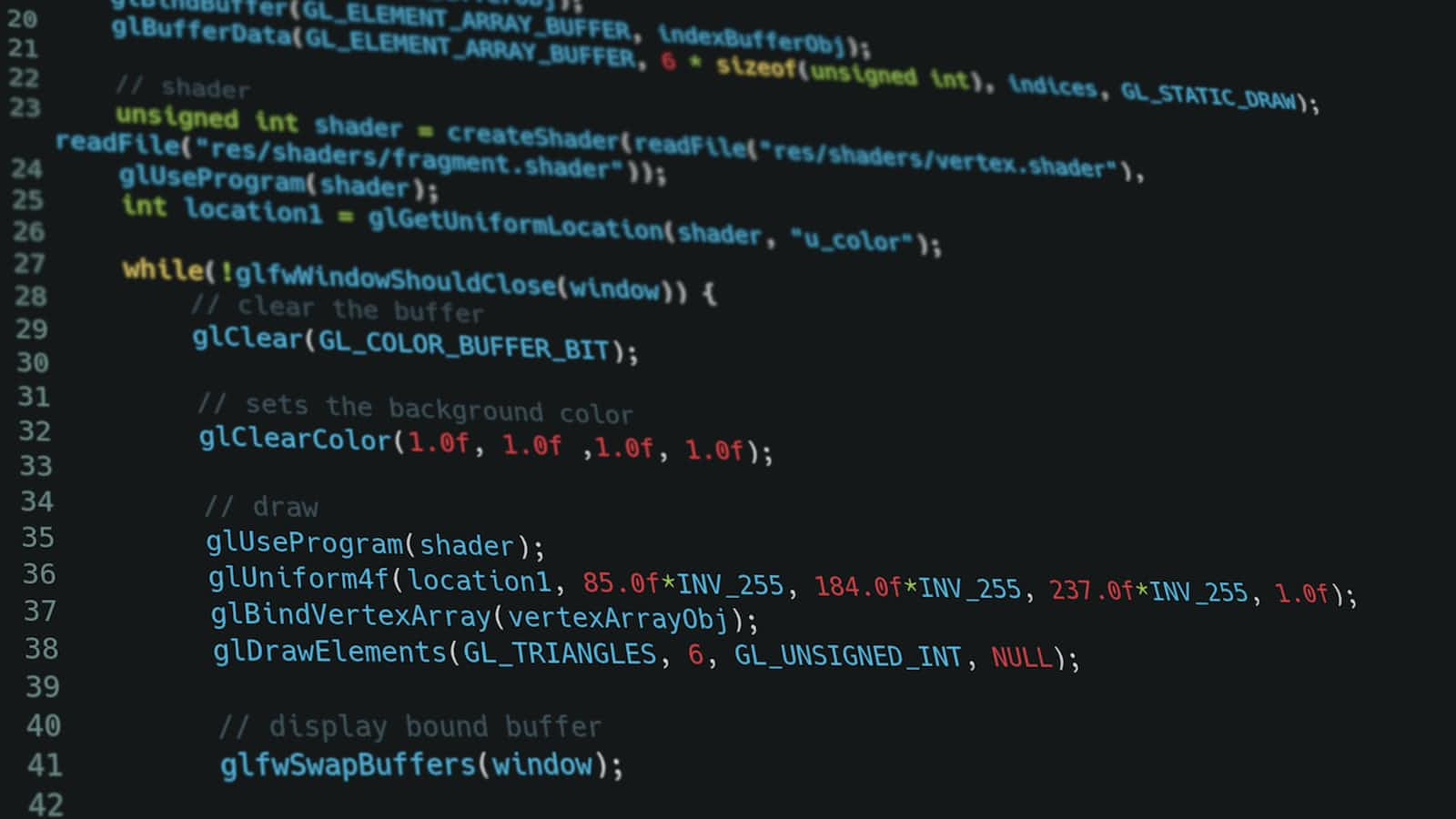Demystifying Derived State in React: A Practical Guide
 Peter Adewole
Peter Adewole
Greetings, fellow React adventurers! 🌟 Are you ready to uncover the secret behind enhancing your React components' capabilities? Today, we're unraveling the magic of Derived State. 🚀 Prepare to embark on a journey where you'll master the art of harnessing derived state to create dynamic and responsive UIs!
What is a Derived State?
Imagine you're cooking up a storm in the kitchen. You have your main ingredients, but sometimes you need to mix them up to create something even more delectable. Derived state is a similar concept in the React universe. It's the state that's not directly set by you but cleverly calculated based on existing states or props. Think of it as creating new flavors by combining existing ingredients!
How to Work with Derived State
Derived state might seem complex, but it's remarkably simple to use with the power of React's hooks. Let's say you're crafting a weather app. You have the temperature in Celsius, but you want to show it in Fahrenheit too. Instead of manually converting it each time, you can use the derived state to automatically calculate the Fahrenheit temperature whenever the Celsius temperature changes:
import React, { useState, useEffect } from 'react';
const TemperatureConverter = ({ celsius }) => {
const [fahrenheit, setFahrenheit] = useState(0);
useEffect(() => {
const fTemp = (celsius * 9) / 5 + 32;
setFahrenheit(fTemp);
}, [celsius]); // Derived state based on celsius
return (
<div>
<p>Celsius: {celsius}°C</p>
<p>Fahrenheit: {fahrenheit}°F</p>
</div>
);
};
export default TemperatureConverter;
In this example, every time Celsius changes, the useEffect recalculates the Fahrenheit temperature, demonstrating the beauty of the derived state.
Common Mistakes and How to Avoid Them
Before we journey further, let's navigate around some common missteps. Imagine you're managing a shopping cart with items and their prices. Here's an example of a less ideal approach:
const [cart, setCart] = useState([
{
name: "JavaScript Course",
price: 15
},
{
name: "Node.js Bootcamp",
price: 18
}
]);
// Suboptimal way to go about this
const [numItems, setNumItems] = useState(2);
const [totalPrice, setTotalPrice] = useState(33);
In this scenario, we have three separate pieces of state even though numItems and totalPrice depend on the cart. This can lead to syncing issues and unnecessary re-renders.
The Derived State Approach
But fear not, the path of derived state shines bright! Instead of separate state pieces, you can use derived state to elegantly calculate the numItems and totalPrice:
const [cart, setCart] = useState([
{
name: "JavaScript Course",
price: 15
},
{
name: "Node.js Bootcamp",
price: 18
}
]);
// Derived state way
const numItems = cart.length;
const totalPrice = cart.reduce((acc, cur) => acc + cur.price, 0);
Here, we embrace derived state, using simple variables instead of useState. The cart state serves as the single source of truth for related data. As the component re-renders, the derived state automatically recalculates, keeping your data accurate and your UI responsive.
The Pitfalls: Use with Caution
While derived state can be magical, it's essential to use it wisely. Overusing it might lead to complexity or hinder performance. Be cautious when the calculation becomes intricate or if it involves multiple layers of derived state. In such cases, consider alternatives like creating custom hooks or separate utility functions to keep your code organized.
Conclusion: Your Superpower Unveiled
Congratulations! You've just unlocked a superpower in the world of React – derived state. 🎉 Like a seasoned chef, you can now effortlessly transform your components with dynamic, calculated data. By understanding how to wield derived state effectively, you're well-equipped to create applications that adapt and respond intuitively to user interactions.
So go forth, embrace the magic of the derived state, and let your React components shine brighter than ever before! ✨ Happy coding!
Subscribe to my newsletter
Read articles from Peter Adewole directly inside your inbox. Subscribe to the newsletter, and don't miss out.
Written by

Peter Adewole
Peter Adewole
A passionate front-end engineer and a wordsmith who loves to weave code and words together to create captivating digital experiences. With a heart for elegant design and a mind for technical intricacies, I specialize in crafting pixel-perfect interfaces that are as delightful to use as they are to look at. 🎨 Armed with an eye for design aesthetics and a keyboard as my canvas, I thrive on translating complex concepts into accessible narratives. From deciphering the mysteries of web technologies to demystifying the world of code, I'm your friendly guide to making the seemingly arcane feel like a walk in the park. 🚀 As a front-end engineer, I've had the honor of contributing to dynamic projects that marry creativity with functionality. But it's not just about lines of code for me; it's about creating digital spaces that anyone, regardless of their technical background, can enjoy. With a knack for distilling intricate ideas into bitesize stories, I'm on a mission to make technology relatable and enjoyable for all. 📚 When I'm not immersed in the realms of CSS and JavaScript, you'll find me concocting articles that bridge the gap between tech and non-tech folks. Think of me as your resident translator—transforming jargon into plain English, and turning learning into a joyous adventure. 🌈 Whether it's diving into the latest front-end trends or penning a piece on the art of responsive design, I'm here to unravel the threads of technology in a way that leaves you enlightened and entertained. Join me on this journey of code, creativity, and the contagious excitement of discovery!